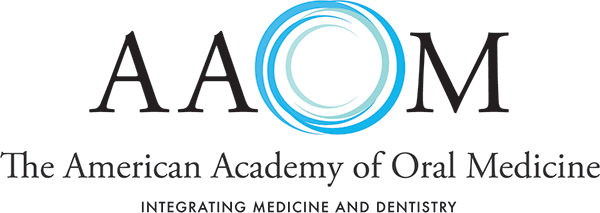|
Embracing the Future of Oral Medicine We would like to compliment Dr. Bhavik Desai for his thought-provoking reflections in “My Oral Medicine Job Hunt,” as published in the Spring 2017 AAOM Newsletter. In his essay, he leaves us all with the following challenge: “Dental academicians are ageing, and oral medicine may be no exception. In principle, ageing demographics should work in favor of younger trainees seeking employment opportunities; however, my own experiences and those of junior colleagues reveal otherwise. In my current position, I teach case-based learning to small groups of bright-eyed third year dental students, some of whom express interest in oral medicine as a career. Most of these students will graduate with significant dental school debt. Can I look them in the eye and honestly tell them that they should pursue a residency in oral medicine, and they will do okay for themselves?” As we noted in our Jonathan Ship lecture at the April 2017 AAOM Annual Meeting, there is little question that the number of oral medicine practitioners and educators is in steady state rather than in growth phase. In addition, the number of oral medicine researchers who are funded by the NIH has actually declined over the past two decades. These collective signals are a clear wake-up call for our discipline. Despite these concerns, we are quite enthusiastic about the future. In ways we discussed during our April 2017 lecture, this enthusiasm is balanced by the realization that some impediments lie in our path. For example, AAOM members, fellows, and diplomates are challenged by the need for political reforms, legislative actions, and better communication with insurance companies. However, the following opportunities, if successfully navigated in the coming years, will quite likely transform the current status quo in oral medicine into a robust, impactful specialty for delivery of 21st century health care:
The history of oral medicine is rich with success as well as with “lessons learned” that can inform the future. Our membership is well poised nationally to organize and inspire the next generation of oral medicine specialists. This future embraces, indeed requires, comprehensive and effective collaboration among AAOM members, diplomates, and fellows every step of the way. This teamwork could in turn very much translate into transformed patient oral health care in the clinical setting and the creation of new knowledge in the educational and research realms. In our view there is good reason for considerable optimism that AAOM members can define and achieve improved healthcare outcomes with the American public. These successes will in large part be based upon residency training as well as evidence-based data that we collectively generate and integrate into our clinical practices. |
